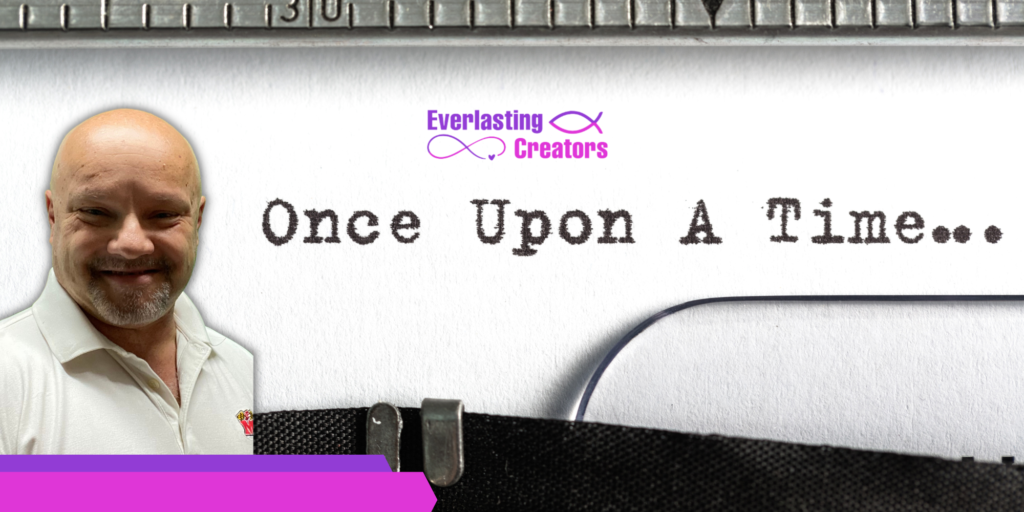
“Not only is my story designed to delight and entertain, but there is a kernel of truth hidden within…All the truth in the world is held in stories, you know.” This from one of the leading modern-day storytellers, Patrick Rothfuss. In that very astute phrase, he breaks down the technique of storytelling while capturing its essence, which is the passing down of truths and teachings while entertaining at the same time.
Storytelling has been around for eons. It has been used to pass down lessons and instructions. From the seemingly communal and old-school oral tradition and carvings on rock surfaces to the modern-day videos and computer-generated images, humans continue to use the technique of storytelling to pass down teachings and important instructions.
In whatever discipline of life, we can use the powerful tool of storytelling to our great advantage. Used well, stories can be used to inspire, offer role models, or to pass down some morals and teachings to the audience. Let us discuss the advantages of stories as conduits for information and also how we can best use them in our trade.
Why stories are effective in passing on teachings
1) They grab the listeners attention
The human mind is prone to being distracted, especially when things seem a little bit boring and uninteresting. Most people, when taught with a list of instructions and data, simply lose focus and let their minds drift. When information is passed in the form of stories, however, the mind is hooked from the start. This way, the speaker, or teacher can lead the minds of his audience to the information or teaching he/she wants them to capture. With a moral or teaching hidden inside a story, we can avoid boredom and engage the audience. Many leaders, spiritual or circular, have effectively implemented parables and anecdotes to convince and teach others.
2) They remove tension and relax the mind
Everyone pretty much remembers the authoritarian tension in classrooms or boardrooms. When a boss, teacher, or leader presides over a room with many instructions and orders, people are not relaxed and most of what is being said goes unheeded. When we use stories to pass down our lesson or teaching, we allow our audience to relax. A relaxed brain is much more receptive to information. When people are at ease, they can capture more data and effectively retain it.
3) Stories engage emotion and boost imagination. They give context to teachings
It is pretty much hard to send a message home if the recipient lacks imagination. Imagination is that spark that lights up creativity and facilitates the learning process. When stories are used, especially engaging and endearing stories, they elicit an emotional reaction in our listeners. It is much easier to capture something that comes with an emotion attached to it. As humans, we are not only creatures of thought. We have deep sentiments, most of which we cannot even fathom. However, when a story laden with a lesson or moral comes and touches those sensitive parts of our being, we can easily remember the lesson and teaching by remembering the emotion it evoked. This process helps us retain and capture a teaching deeper than when it comes as an order without context.
These are some of the advantages of stories as methods of passing down teachings. In whatever area we need to instruct, we can be pretty much good and proficient orators if we use stories. Now, how can we use these stories to effectively drive a message home? Let us see some of the techniques we can apply.
How To Use Stories In Our Teachings
1) Do not meander
Most speakers get carried away when they start speaking. They take the longest route to the point. Remember, many people easily get tired and have short attention spans. Go straight to the point. Make your story short and precise, without robbing it of the necessary lessons and emotional punch. At the same time do not overdo it. Just keep it authentic and genuine. When you try hard, you rob the story of its rawness and you come out as a phony.
2) Use various techniques
To effectively capture the attention of your audience, you have to use all methods at your disposal. Be versatile. Today, storytelling comes in various forms. We have poems, literature, videos, music, graphics, art, etc. When you know your audience, you can easily gauge what method is going to be more appropriate to reach their hearts. Do not stick to one method, explore and discover all the ways to make it interesting.
3) Allow free participation
People want to be involved. People are social animals thus they need to share. Allow platforms where people share their views. This is the best way to learn. When an environment is safe, people are drawn out of their comfort zones. Once involved, centers of the brain that allow learning all light up and allow easy access to knowledge banks. Remember, a free environment allows quick and effective learning.
Conclusion
In conclusion, storytelling is a pretty vast arena. Take your time to flex around in it. Stories engage many centers of our brain, from the visuals to the audio. With modern technology, you can make use of all of the five human senses to pass on the teachings effectively. The more of the human senses engaged in a process, the more they learn and retain. Never stop exploring how to effectively use stories to pass on teachings
What are your thoughts? Leave a comment below. Join our Facebook group today
https://www.facebook.com/groups/livestreamingentreprneurs

